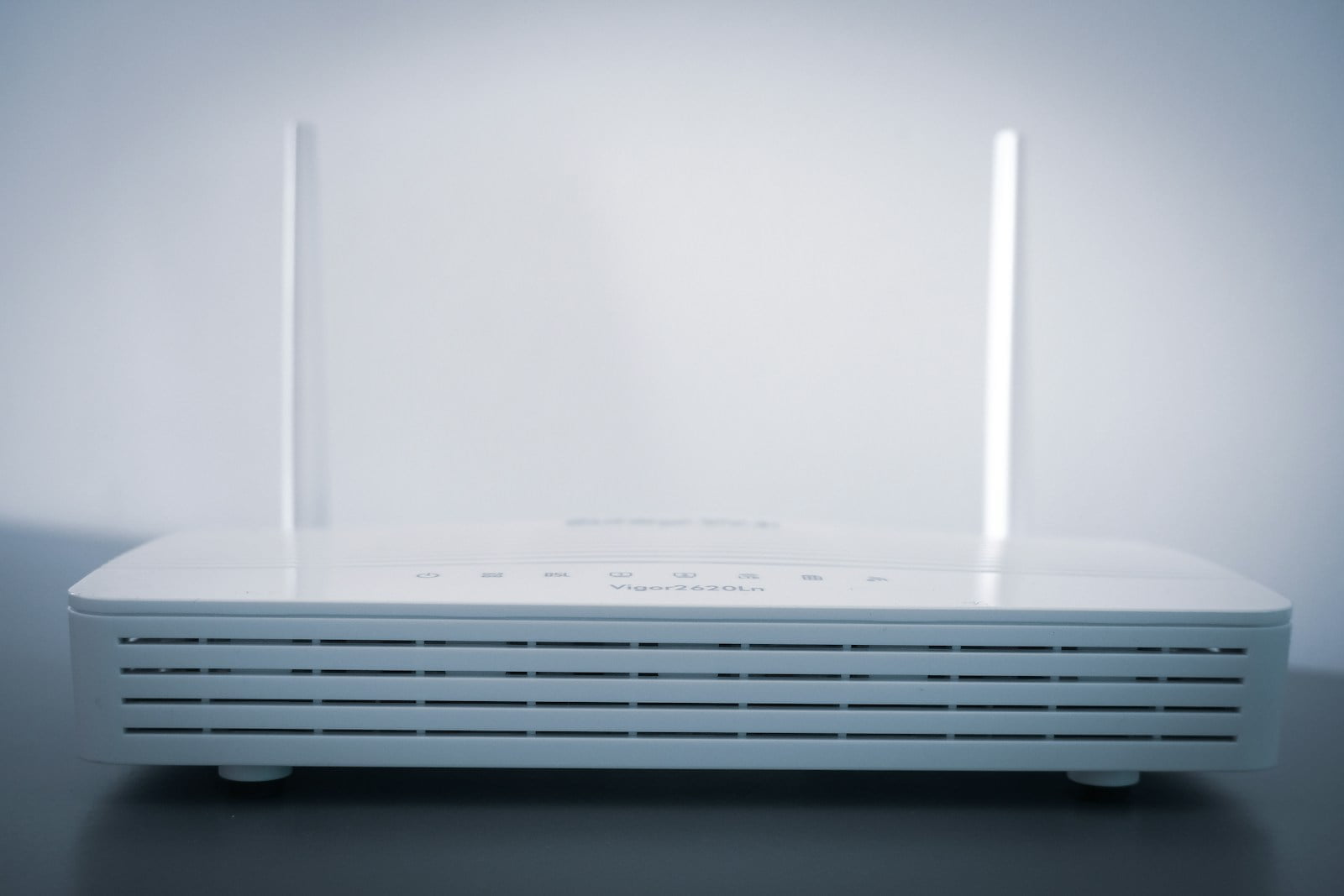Demystifying the Magic: How Your Tenda Router Operates


Tenda routers are popular for their affordability and ease of use, bringing reliable internet connectivity to homes and businesses. But have you ever wondered how this seemingly simple box manages to orchestrate your entire Wi-Fi experience? This comprehensive guide peels back the layers, revealing the inner workings of your Tenda router.
AFFORDABLE TENDA WIRELESS ROUTER

The Network Traffic Conductor
At its core, your Tenda router acts as a central traffic controller for your devices. It receives the internet signal from your internet service provider (ISP) through the Wide Area Network (WAN) port, typically a yellow port on the back. This signal is often in the form of a cable or fiber optic connection.
Breaking Down the Data Stream
The incoming internet signal from your ISP carries a vast amount of data meant for various devices on your network. But how does the router know where to send it? Here’s where the magic happens:
The Pathway to Your Devices
Once the router has assigned IP addresses and identified devices by their MAC addresses, it directs data through the Local Area Network (LAN) ports. These are typically the blue ports on the back of your router. Depending on your setup, devices can connect to these ports using ethernet cables for a wired connection or utilize the router’s built-in wireless capabilities for a Wi-Fi connection.
The Power of Wireless: Demystifying Wi-Fi
Wireless connectivity is what truly sets your Tenda router apart. Here’s a glimpse into how it works:
Optimizing Your Tenda Router Experience
Now that you understand the fundamentals, here are some ways to optimize your Tenda router’s performance:
Your Tenda router silently orchestrates a complex ballet of data traffic, ensuring a seamless internet experience for your devices. By understanding its core functionalities, you can optimize your network and get the most out of your Tenda router.
Advanced Features of Tenda Routers
Page 3: Troubleshooting Common Tenda Router Issues
Buy Tenda 4G ROUTER SIM CARD WIRELESS HOTSPOT


